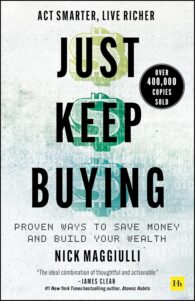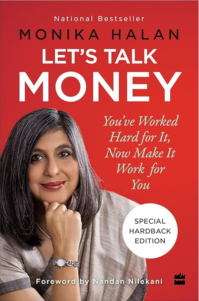Introduction
Rich Dad Poor Dad book written by Robert T Kiyosaki, first published in 1997, was an early work on financial education. This article reviews the book, offering honest insights. With 9 chapters, it educates readers about finance and planning their financial future. Even after 25 years, the book remains popular..
Robert T. Kiyosaki, an entrepreneur and investor, is passionate about financial education. He co-founded The Rich Dad Company, a financial education firm and creator of the CASHFLOW games.
Key points of the book
- The book contrasts two mindsets: the author’s well-paid but struggling father (“Poor Dad”) and his friend’s low-earning yet financially savvy father (“Rich Dad”).
- Rich Dad Poor Dad is a bestselling book on financial education. Author Robert shares his personal financial journey and insights, which have benefited millions, if not billions, of readers.
- This book shows how mindset shapes fortune – beyond effort, it’s your thinking that drives wealth. Its 9 chapters guide readers to rethink money habits and plan a secure financial future.
- Everyone should build multiple income streams, investing so money works for them. While the poor and middle class work for money, the rich let money work for them—an idea from Chapter 1, “The Rich Don’t Work for Money.”
- To grow rich, understand assets vs. liabilities. Wealth comes from investing in assets. A house isn’t an asset. The rich build assets; others focus on income.
- Chapter 4, “The History of Taxes and The Power of Corporations,” centers on the U.S. tax system, making it less relatable for international readers.
- The poor prioritize income security; the rich pursue continuous learning. Working to learn builds wealth, while working to earn traps one in poverty. In the end, boldness often beats intelligence.
- The Primary difference between a Rich person and a Poor person is how they manage fear. There are five key reasons why financially literate individuals may still fail to build abundant assets. These include:
- Fear
- Cynicism
- Laziness
- Bad habit
- Arrogance
- This book provides strategies to overcome the five fears discussed earlier.
- The book concludes with key Do’s and Don’ts recommended by the author, including:
- Stop doing what you are doing
- Look for new ideas
- Take classes, read and attend seminars
- Learn from history and think big
- Action always beats inaction.
Conclusion
This book seems more relevant to Western countries, as its tax systems and government policies may not align with those in Asia or Africa. I believe it benefits readers in the US, UK, or Europe more, with other financial education books being better suited for Asian or African audiences. You could purchase this book onamazon.
Disclaimer: I express my own views in this article after reading the book, without intending to offend anyone. I do not sponsor or endorse anyone, and any resemblance to actual persons, living or dead, is purely coincidental. The mentioned link is an affiliate link, and purchasing the book through it is a great way to support me if you’d like to read along!
EA00172



